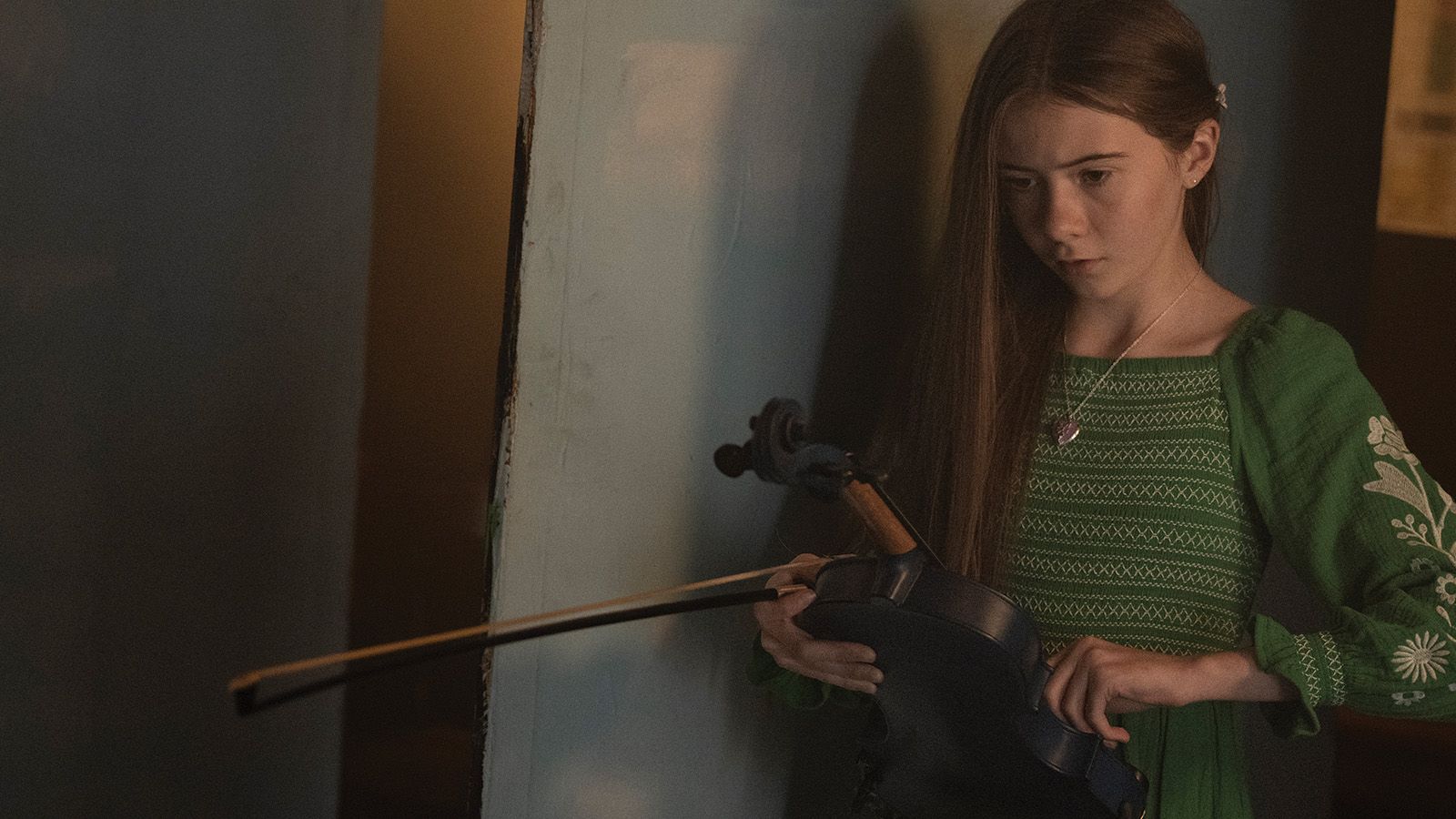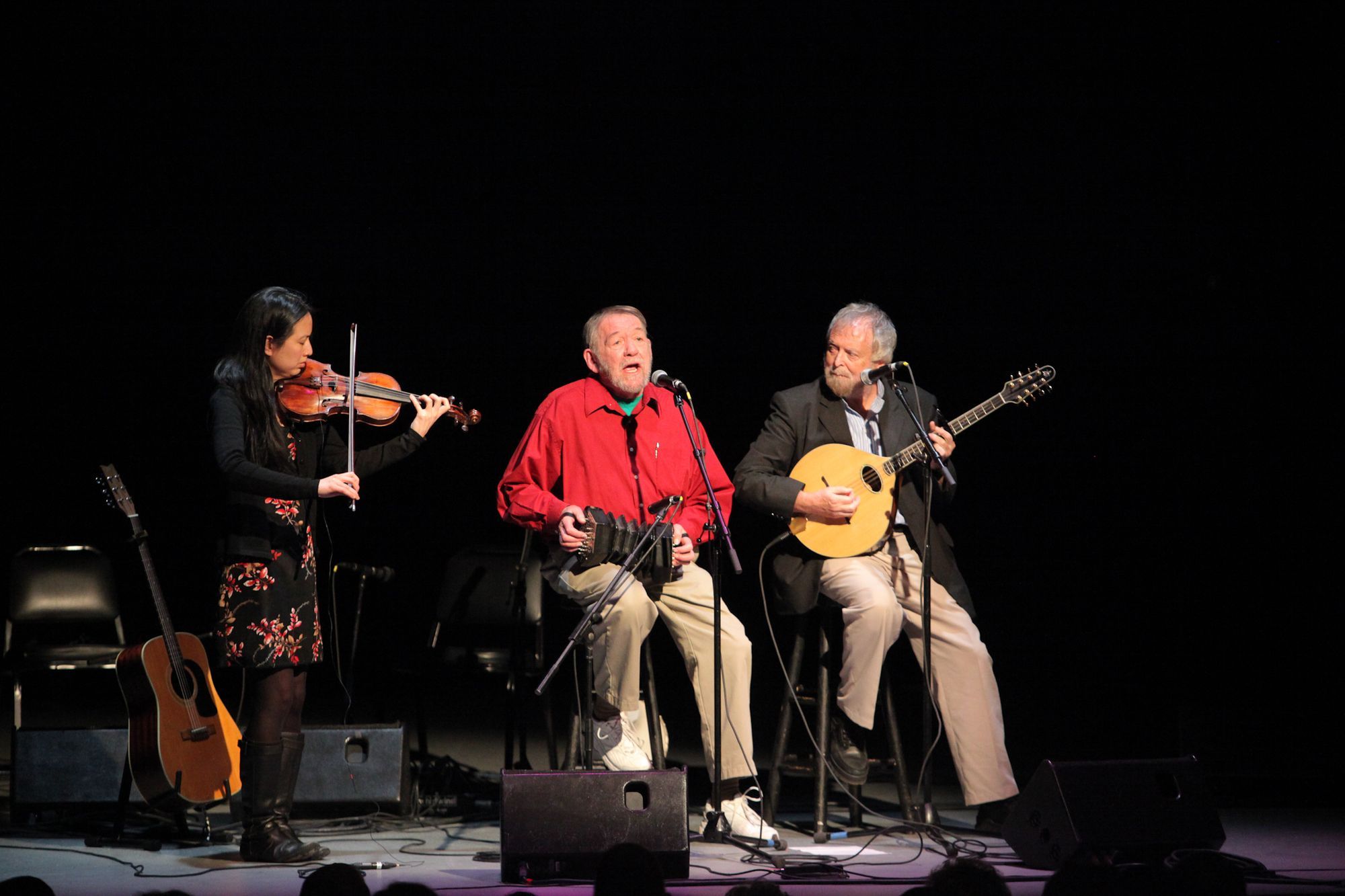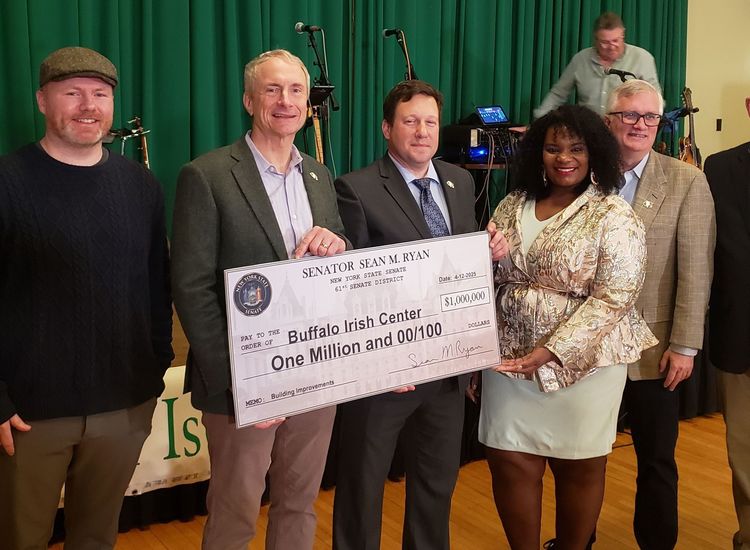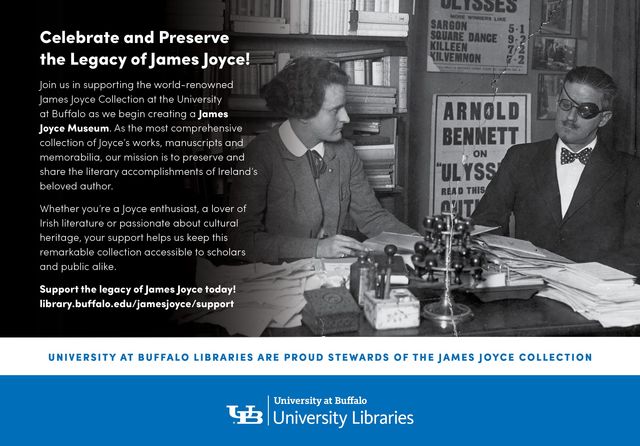This week, I received word of a recent Irish film incorporating traditional music that has found its way into a pair of upcoming North American festivals. “Fidil Ghorm: Blue Fiddle” is a heartwarming story, presented as Gaeilge with English subtitles, about Molly, a 10-year-old, whose father lies in a coma after a terrible accident. She believes that if she learns to play the fiddle like her dad and becomes an All-Ireland champion, her father will awaken. Along the way, she befriends Malachy, a curmudgeonly old fiddle player who connects with Molly and reluctantly teaches her to play. It’s a charming premise that will undoubtedly pique the curiosity of many traditional music lovers and readers of this column.
Directed by Anne McCabe and written by Patricia Forde, it was shot largely in Rathmullan, Co. Donegal. Molly is played by Edith Lawlor, a multi-talented young woman who comes from musical stock and is herself a fine fiddle player.
“Fidil Ghorm: Blue Fiddle” will show at the Chicago Irish Film Festival on Friday, Feb. 28, and at the Solas Nua Capital Irish Film Fest in Washington DC on Sunday, March 2. Lawlor, who will be accompanied by her musical parents, will make a special guest performance with her sister Ciannait.

Edith Lawlor in “Fidil Ghorm: Blue Fiddle.”
“Fidil Ghorm” won “Best Irish First Feature” at last year’s Galway Film Fleadh Awards and received the “Audience Award for Best Irish Feature” at the Newport International Film Festival in California, so definitely a film to keep your eyes on – check it out if it comes to a screen near you!
In somber news, early last week I learned of the passing of the great John Roberts. Roberts was a superb singer and multi-instrumentalist with a vast and deep repertory who specialized in traditional English folk music, yuletide stories and music, sea shanties, and drinking songs. His passing is an important moment in the world of traditional singing.
Roberts was born in England in 1944. He moved to the United States in the late 1960s to study psychology at Cornell University where he met longtime singing partner Tony Barrand. Their lifelong musical partnership started as co-presidents of Cornell Folk Song Club and lasted until Barrand’s death in 2022.
Roberts is well known for his work with Barrand, both as a duo and as part of the group Nowell Sing We Clear (with Barrand, Fred Breunig, and Steve Woodruff), which specialized in seasonal yuletide repertory. Roberts was also a member of Ye Mariners All (with John Rockwell and Larry Young) and performed regularly with the likes of Broken String Band, Debra Cowen, and his partner Lisa Preston. Roberts was also a favorite singer of Mick Moloney’s and was often a featured performer with his group, the Green Fields of America.
Roberts’s produced an extensive discography over the years that included at least ten albums each, alone with Barrand and in Nowell Sing We Clear. He recorded one album with Ye Mariners All and made his solo debut in 2003 with the album “Sea Fever.” In addition, he was a popular performer at many festivals and was a particular fixture at the Old Songs Festival in Altamont, New York.
With Roberts’s passing, the world of traditional song has lost one of its great voices and I encourage all readers to track down his music, it’s a fabulously rich body of work. May he rest in peace.
Finally, I was recently offered a peek into “Irish Banjo Lessons,” the great banjo virtuoso Enda Scahill’s teaching website. It’s an extremely useful resource for people interested in learning the banjo and, as a banjo player myself, one I would very highly recommend to any aspiring banjo player, regardless of age or ability. It has a lot to offer.
Scahill, of course, is one of the great banjo players in Irish music. Behind the blockbuster group We Banjo 3, he was an original member of the The Brock McGuire Band, and in addition to having performed live with the likes of the Chieftains, Bela Fleck, and Eileen Ivers, he’s toured with Frankie Gavin and Stockton’s Wing. In addition, he’s long been identified as an outstanding teacher, having published two volumes of banjo tutor, the book “40 Solos for the Irish Tenor Banjo,” and others. For these efforts and others he was recognized with the Steve Martin Banjo Award in 2022.
The “Irish Banjo Lessons” website is an extension of this work, and a hugely impactful one at that. It offers four levels of membership to accommodate different budgets and levels of commitment. Some of these include things like small group classes online, one to one mentoring, and access to live seminars with professional musicians. Scahill seems to have something for all types of player here, which is nice to see.
The site’s major pedagogical element come in two basic parts, one for the tenor banjo and the other for the mandolin, with the banjo’s side being far, far more extensive than the mandolin’s. (This is less a critique than a simple statement of fact: the mandolin and banjo are similar in tuning and technique, so the lessons directed to banjo players can be followed by mandolin players, and vice versa.)
Enda Scahill’s “Irish Banjo Lessons” is a teaching website.
To give a sense of the site’s resources, the banjo learning sections are “Reels,” “Jigs, Slips Jigs & Hop Jigs,” “Hornpipes,” “Old Time & Bluegrass Tunes,” “Exercises & Scales,” “Slides & Polkas,” “Session Sets,” and “Songs & Song Accompaniment.” Each section includes a number of lessons, with each one consisting of a video (often with different perspectives) as well as a robust visual representation in notation of what’s going on (more on this below). For each tune, the first lesson will generally be a run-through in the tune’s most basic version. Subsequent lessons might have Scahill demonstrating the tune at increasingly faster tempo and complexity. However, many are much more involved and consist of deep dives into things like picking “theory,” triplet types, ornamentation and variation, and demonstrations of different styles. It’s very informative and well thought through.
Manner and method aside, what makes Scahill’s site so profound is its comprehensive presentation that allows even the most novice learner to really dig into and understand more sophisticated concepts. This is made possible through “Soundslice,” the teaching platform Scahill employs. With it, Scahill can present a video lesson (often incorporating multiple perspectives) that is synched up to notation presented in both standard form and tablature. As a video plays, users can follow a red line that sweeps over the notation and corresponds precisely with what’s happening in the video. On-screen controls allow users to speed up or slow down a lesson in real time with no degradation in sound or change in pitch, and also do things like loop particularly problematic passages for close, extended study. It is an extremely flexible and versatile platform that complements Scahill’s already clear approach.
Scahill’s lessons do a number of interesting and important things. For example, the “Exercises & Scales” section can be of real value to players who want not just to play fast but to learn to play fast effortlessly. Here, Scahill has come up with a “High Intensity Interval Training” approach that consists of several exercises that appear quite effective. Elsewhere, Scahill goes into very granular detail. His single lesson for “Toss The Feathers,” for example, goes over 49 options for one tune’s bars. You might ask about the need for 49 options, but what you learn there can be applied in many other tunes on the fly. There is also some great discussion about style, notably in segments that demonstrate John Carty’s approach, as they help to show what makes Carty’s playing different from that of Scahill’s.
In addition to these à la carte lessons are two options for guided tutorial courses. The beginner course is a nine-hour course from scratch, intended for someone that has never before played. In addition to a structured approach to the Soundslice lessons, you get access to a community of Irish banjo players on Discord (which I took a look at and found quite lively), where you’ll have online access to feedback from Scahill himself. The “Perfect Your Picking” course is intended for those wanting to strengthen and refine their right-hand technique and provides a structured practice regimen through 101 exercises intended for more advanced players.
“Irish Banjo Lessons” is an exceptional site that has a lot to offer both the casual and very dedicated student. Technologically innovative and clear in mission, it’s a superb resource for anyone wanting to learn the instrument. Get the full story – or go ahead and sign up – over at Irish Banjo Lessons.









